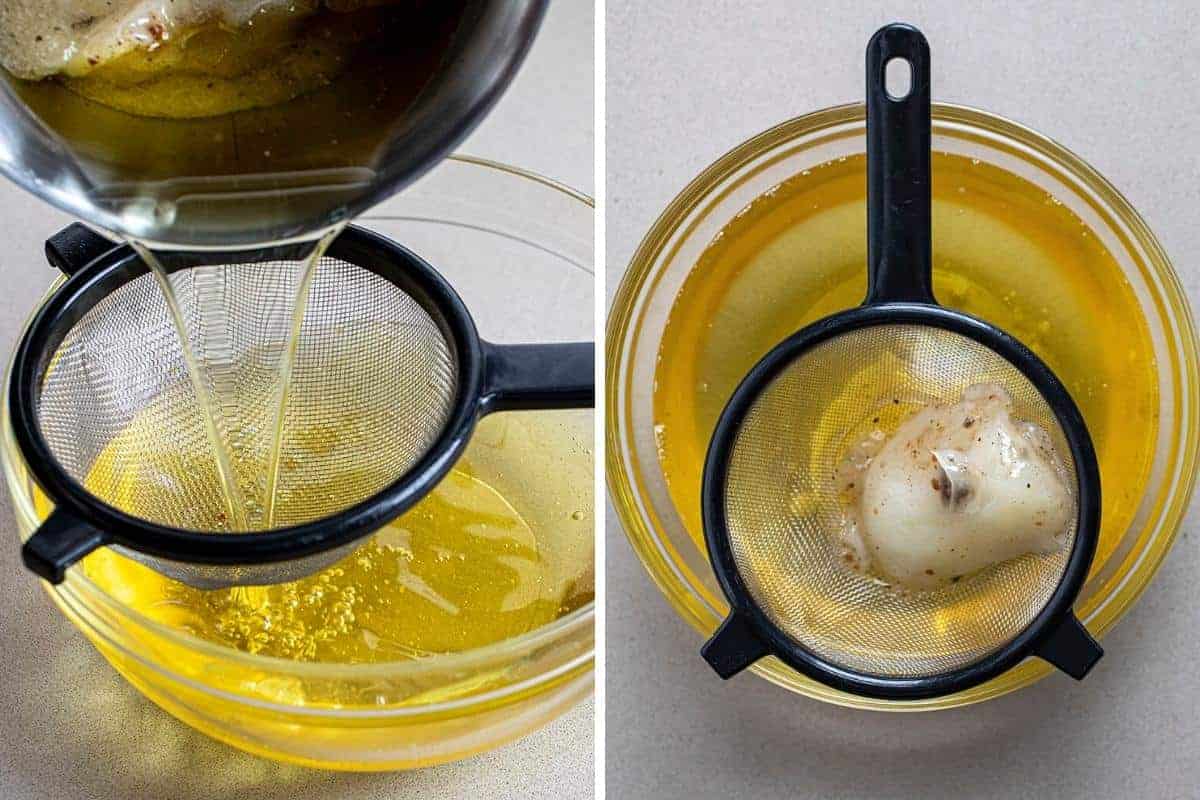

Articles
How To Store Used Vegetable Oil
Modified: December 7, 2023
Learn about the proper storage of used vegetable oil in this informative article. Discover practical tips and guidelines for ensuring its longevity and safe reuse.
(Many of the links in this article redirect to a specific reviewed product. Your purchase of these products through affiliate links helps to generate commission for Storables.com, at no extra cost. Learn more)
Introduction
Used vegetable oil is a common byproduct of cooking and frying food. Instead of disposing of it, many people choose to store and reuse this oil due to its numerous benefits. Storing used vegetable oil properly not only helps reduce waste but also allows for cost savings and environmental sustainability.
In this article, we will explore the benefits of storing used vegetable oil, safety precautions to keep in mind, proper containers for storage, the importance of filtering the oil, monitoring storage conditions, and tips for using and ultimately disposing of the oil.
By the end of this article, you will have a comprehensive understanding of how to store used vegetable oil effectively and safely, and how to make the most of this valuable resource.
Key Takeaways:
- Embrace storing used vegetable oil to save money, reduce waste, and enhance flavors. Follow safety measures, proper storage, and responsible disposal for a sustainable kitchen and environment.
- Transform used vegetable oil into a valuable resource by filtering, monitoring, and utilizing it creatively. Prioritize safety, cost savings, and environmental responsibility for a flavorful and eco-friendly kitchen.
Read more: How To Store Used Oil
Benefits of Storing Used Vegetable Oil
Storing used vegetable oil provides numerous benefits, both from a practical and eco-friendly standpoint. Let’s explore some of the advantages:
- Cost Savings: By reusing used vegetable oil, you can save money on purchasing new oil for cooking and frying. This can be particularly beneficial for those who frequently cook large meals or operate a commercial kitchen.
- Reduced Waste: Properly storing and reusing used vegetable oil helps to reduce waste. Instead of sending it to landfills or pouring it down the drain, which can have detrimental environmental effects, you can extend its lifespan by storing it for future use.
- Sustainability: Storing used vegetable oil aligns with sustainable practices as it reduces the demand for new oil production. This can have a positive impact on the environment by conserving valuable resources and reducing the carbon footprint associated with oil production.
- Flavor Enhancement: Used vegetable oil can add a unique depth of flavor to certain dishes. The oil absorbs the flavors of the foods it has been used to cook, resulting in a delicious and distinct taste. This can be particularly desirable when frying certain types of cuisine.
- Cleaning and Maintenance: Used vegetable oil can be repurposed as a natural cleaning agent for various household items. For example, it can be used to condition wooden cutting boards or to remove sticky residue from kitchen utensils. This can help extend the lifespan of these items and reduce the need for harsh chemical cleaners.
Overall, storing used vegetable oil offers a range of benefits, from cost savings and waste reduction to promoting sustainability and enhancing the flavor of your cooked dishes.
Safety Precautions
While storing used vegetable oil can be a practical and eco-friendly practice, it is vital to observe certain safety precautions to ensure the well-being of yourself and others. Here are some essential safety measures to keep in mind:
- Proper Storage Containers: Selecting the right storage containers is crucial for maintaining the quality and safety of the used vegetable oil. Choose containers that are specifically designed for oil storage, such as glass or plastic bottles with tight-fitting lids. Avoid using containers made of reactive materials like aluminum or copper, as they may cause adverse reactions with the oil.
- Cleanliness: Before transferring the used oil to the storage containers, make sure they are clean and free from any residue or contaminants. Cleaning the containers with hot, soapy water and thoroughly rinsing them will help prevent any bacterial growth or cross-contamination.
- Keep Away from Heat and Sunlight: Store the containers of used vegetable oil in a cool, dark place away from direct heat sources and sunlight. Exposure to heat and light can cause the oil to deteriorate more quickly and potentially lead to rancidity.
- Regular Inspection: Periodically inspect the stored oil for any signs of spoilage, such as a foul odor or unusual appearance. If any abnormalities are detected, it is recommended to discard the oil rather than risking potential health hazards.
- Labeling: Properly label the containers of stored used vegetable oil with the date of storage to ensure that you know its age and can prioritize its use accordingly. This will help maintain freshness and prevent using oil that may have exceeded its shelf life.
- Fire Safety: Used vegetable oil is flammable and should never be disposed of in the trash or poured down the drain. It is essential to have a fire safety plan in place and keep a fire extinguisher nearby when working with or storing used oil.
- Children and Pets: Store the containers of used vegetable oil out of reach of children and pets to prevent any accidental ingestion or spills that could lead to injury.
By adhering to these safety precautions, you can minimize the risks associated with storing used vegetable oil and ensure a safe and enjoyable experience.
Proper Containers for Storage
Choosing the right containers for storing used vegetable oil is essential for maintaining its quality and preventing any potential contamination. Here are some key considerations when selecting proper containers:
- Material: Opt for containers made of glass, food-grade plastic, or stainless steel. These materials are non-reactive and will not interact with the oil, ensuring the integrity of the stored oil.
- Tight-Fitting Lids: Containers should have lids that provide a tight seal to prevent air exposure and moisture. This helps slow down the oxidation process and ensures that the oil remains fresh for an extended period.
- Dark and Opaque: Dark-colored containers or ones made of opaque materials are preferable as they help to protect the oil from light exposure. Light can accelerate the breakdown of the oil and lead to rancidity.
- Size: Consider the quantity of used vegetable oil you usually generate to determine the appropriate container size. It’s better to opt for smaller containers to store smaller amounts of oil, ensuring less exposure to air and maintaining freshness.
- Easy Pouring: Look for containers with a spout or a handle for easy pouring. This will make it more convenient to transfer the oil from the storage container to a frying pan or other cooking vessels.
- Dedicated Use: If you plan on storing used vegetable oil long-term, it’s advisable to designate specific containers exclusively for oil storage. This helps prevent any cross-contamination and ensures that your stored oil remains uncontaminated.
Remember to clean and dry the containers thoroughly before transferring the used vegetable oil into them. This will help maintain the quality and prevent any residual food particles or contaminants from spoiling the oil.
By following these guidelines for proper containers, you can ensure that your stored used vegetable oil remains fresh, uncontaminated, and ready for future use in your cooking endeavors.
Filtering the Used Vegetable Oil
Filtering the used vegetable oil is an essential step in the storage process to remove any food particles, debris, and impurities that may have accumulated during cooking. This helps maintain the quality, taste, and shelf life of the oil. Here are some steps to effectively filter your used vegetable oil:
- Cooling: Allow the used oil to cool completely before filtering. Hot oil can be dangerous and cause burns. It is best to wait until the oil reaches room temperature.
- Settling: Allow the oil to settle for a while to let any larger particles or sediments sink to the bottom of the container. This will make the filtering process more effective by preventing clogging or blockages in the filter.
- Filtering Materials: Use a fine-mesh sieve, cheesecloth, or even a coffee filter to filter the oil. Place the filtering material over a clean container or funnel to catch the filtered oil.
- Pouring: Carefully pour the cooled oil through the filtering material, ensuring that it flows gradually and evenly. Slow pouring prevents the filter from becoming overwhelmed and allows for better filtration.
- Repeat if Necessary: If you notice that the filtering material becomes clogged or the oil is not filtering effectively, you may need to switch to a new filter or repeat the process using a finer filtering material.
- Discarding Residue: Once the oil is filtered, discard the collected residue properly. Do not pour it down the drain, as it can cause plumbing issues. Instead, dispose of it in the trash or consider using it for composting if applicable.
- Storage: Transfer the filtered oil into clean, airtight containers suitable for storage, following the proper container guidelines mentioned earlier in this article.
Filtering your used vegetable oil ensures that any impurities are removed, resulting in a cleaner and healthier oil for future use. By incorporating this step into your storage routine, you can prolong the shelf life of the oil and maintain its usability for a longer period.
After using vegetable oil, allow it to cool, then strain out any food particles. Store in a sealed container in a cool, dark place to prevent it from going rancid.
Read more: How To Store Used Peanut Oil For Reuse
Storing the Used Vegetable Oil
Proper storage of used vegetable oil is crucial to maintain its quality and usability. By following these guidelines, you can ensure that your stored oil remains fresh and ready for future use:
- Cooling: Allow the used vegetable oil to cool completely before transferring it to the storage containers. Hot oil can cause condensation and promote bacterial growth, leading to spoilage.
- Transfer Carefully: Pour the cooled oil into the storage container slowly and carefully, ensuring not to spill or splash. Use a funnel for easier and cleaner transfer.
- Tight Seal: Ensure that the storage containers have a tight-fitting lid or cap to prevent air exposure. This will help slow down the process of oxidation and keep the oil fresh for a longer period.
- Cool and Dark Place: Store the containers of used vegetable oil in a cool and dark place, away from direct sunlight and heat sources. Exposure to light and heat can accelerate the breakdown of the oil and lead to rancidity.
- Minimize Air Exposure: If storing a large container with partial oil content, consider transferring the oil to smaller containers to minimize the amount of air in the container. This will help maintain the quality of the unused portion and reduce the risk of spoilage.
- Labeling: Clearly label the storage containers with the date of storage. This will help you keep track of the oil’s freshness and prioritize its use based on the storage duration.
- Stacking: If stacking multiple containers, be cautious to avoid excessive force or pressure that can cause leaks or damage to the containers, potentially leading to oil wastage.
- Regular Maintenance: Periodically inspect the stored vegetable oil for any signs of spoilage, such as a foul odor or unusual appearance. If any abnormalities are detected, discard the oil to prevent any health risks.
By following these storage practices, you can extend the shelf life of your used vegetable oil and maintain its quality for future culinary endeavors.
Monitoring the Storage Conditions
To ensure the long-term quality and usability of stored used vegetable oil, it is essential to monitor the storage conditions regularly. Here are some key points to keep in mind:
- Temperature: Check the storage area regularly to ensure that it maintains a stable and cool temperature. Fluctuations in temperature can accelerate the breakdown of the oil and lead to rancidity. Aim for a storage temperature between 50°F (10°C) and 70°F (21°C).
- Light Exposure: Verify that the containers are stored in a dark place or are shielded from direct sunlight. Light exposure can cause oxidation and negatively impact the oil’s quality.
- Seal Integrity: Inspect the lids or caps of the storage containers to ensure they remain tightly sealed. Loose or damaged seals can allow air to enter, leading to faster spoilage of the oil.
- Odor and Appearance: Periodically check the stored oil for any signs of spoilage, such as a foul odor or unusual appearance. If the oil smells off or appears discolored, it may be an indication of contamination or degradation. In such cases, it is recommended to discard the oil.
- Shelf Life: Keep track of the storage duration and the recommended shelf life of used vegetable oil. Different types of oils may have different shelf lives, so it’s important to adhere to proper usage timelines to ensure optimal quality.
- Rotation: Use a first-in, first-out (FIFO) system when utilizing the stored oil. This means using the older oil before newer ones to prevent any oil from exceeding its recommended shelf life.
- Documentation: Maintain a record of the storage dates, types of oil, and any observations regarding the condition of the oil. This can help you track the overall performance of your storage practices and provide valuable insights for future reference.
By regularly monitoring the storage conditions and taking necessary actions to maintain a proper environment, you can ensure that your stored used vegetable oil remains fresh, safe, and ready for use in your culinary endeavors.
Using Stored Used Vegetable Oil
Stored used vegetable oil can be a valuable resource in your kitchen, providing a cost-effective and sustainable option for cooking and frying. Here are some tips for utilizing your stored oil effectively:
- Smell and Appearance: Before using the stored oil, inspect it for any signs of spoilage. If the oil smells rancid or appears discolored, it is advisable to discard it to avoid compromising the taste and quality of your dishes.
- Filtering: If the stored oil has been sitting for an extended period, it is recommended to filter it again before use. This helps remove any impurities that may have settled during storage and ensures a cleaner oil for cooking.
- Heat Stability: Take note that the heat stability of used vegetable oil may decrease with each use. Be mindful of the smoke point of the oil to prevent it from breaking down and releasing harmful compounds. Use lower heat settings or consider blending the used oil with fresh oil for higher-temperature cooking.
- Flavor Utilization: Used vegetable oil may have absorbed flavors from previous cooking. Take advantage of this by using the oil in dishes where these flavors enhance the overall taste. For example, using stored oil for stir-frying or sautéing can impart a unique depth of flavor to your dishes.
- Moderate Usage: While stored used oil can be a cost-effective option, it is important to moderate your usage. As the oil ages, its quality may deteriorate, affecting the taste and overall cooking performance. It’s best to strike a balance between using stored oil and incorporating fresh oil in your cooking routine.
- Labeling: Keep track of the dates and types of stored vegetable oil to ensure that you are utilizing them in a timely manner. This facilitates a first-in, first-out (FIFO) approach, helping you prioritize the older oil and avoid keeping it stored for too long.
- Complementary Dishes: Consider using stored vegetable oil for dishes where the oil’s unique flavors can complement the ingredients. For example, using stored oil for deep-frying doughnuts or making flavorful salad dressings can elevate the overall taste profile.
- Experimentation: Don’t be afraid to experiment with your stored vegetable oil. Try using it in different recipes and adjust the flavors accordingly. This can bring a creative touch to your cooking and lead to exciting new flavor combinations.
Remember to always practice good hygiene and food safety measures when using stored used vegetable oil. Proper storage, filtering, and attentive usage will help ensure that the oil performs well and adds a delightful touch to your culinary creations.
Disposal of Used Vegetable Oil
Proper disposal of used vegetable oil is important to prevent environmental pollution and to ensure its responsible handling. Here are some effective methods for disposing of used vegetable oil:
- Recycling: One of the most environmentally-friendly options is to recycle the used vegetable oil. Many recycling centers and facilities accept used cooking oil, which can be converted into biodiesel or used for other industrial purposes. Contact your local recycling center to inquire about their specific guidelines for oil recycling.
- Donation: Consider donating your used vegetable oil to organizations or individuals who can make use of it. Some animal shelters, farms, or even individuals with biofuel capabilities may be interested in using used oil for various purposes. Make sure to check with the recipient beforehand to ensure they can accept the donation.
- Municipal Programs: Some cities and municipalities have specific programs for used oil collection and recycling. Check with your local government or waste management department to see if they offer any initiatives for proper disposal of used vegetable oil.
- Solidify and Dispose: If recycling or donation options are not available, you can solidify the used vegetable oil for easier and safer disposal. Allow the oil to cool and then mix it with an absorbent material such as cat litter, sawdust, or paper towels. Once the mixture has solidified, dispose of it in the regular trash. Be sure to check if your local waste management allows this method of disposal.
- Grease Trap Cleaning: If you are using used oil in a commercial or professional kitchen, consider hiring a professional grease trap cleaning service. They can safely and legally dispose of the used oil and ensure compliance with regulations.
It’s important to note that improper disposal of used vegetable oil, such as pouring it down the drain or throwing it in the trash, can cause significant environmental harm. It can clog pipes, contaminate water sources, and harm wildlife. Therefore, it’s essential to choose one of the responsible disposal methods mentioned above.
By taking the necessary steps to dispose of used vegetable oil properly, you can contribute to environmental sustainability and ensure that the oil is handled in a safe and responsible manner.
Read more: How To Store Oil
Conclusion
Storing used vegetable oil is not only a practical and cost-effective choice but also an environmentally-friendly one. By following the proper storage guidelines, you can extend the lifespan of the oil, reduce waste, and reap a range of benefits. From cost savings and sustainability to flavor enhancement and cleaning applications, storing used vegetable oil offers numerous advantages.
Throughout this article, we have discussed the importance of safety precautions when working with used oil, the selection of proper containers for storage, the process of filtering the oil to ensure its cleanliness, and the essential steps for storing and monitoring the conditions of the oil. Additionally, we explored best practices for using stored oil in your culinary endeavors and responsible options for disposing of used oil.
By implementing these practices and being mindful of the freshness and quality of the oil, you can make the most of your stored used vegetable oil. Whether you’re cooking a delicious meal for yourself or running a professional kitchen, stored oil can be a valuable resource that allows for cost savings, reduces waste, and adds a unique flavor to your dishes.
Remember, proper storage, filtering, and responsible disposal of used vegetable oil not only benefit you but also contribute to a more sustainable and environmentally conscious world. So, embrace the practice of storing used vegetable oil and enjoy the rewards it brings to your kitchen and the planet.
Frequently Asked Questions about How To Store Used Vegetable Oil
Was this page helpful?
At Storables.com, we guarantee accurate and reliable information. Our content, validated by Expert Board Contributors, is crafted following stringent Editorial Policies. We're committed to providing you with well-researched, expert-backed insights for all your informational needs.
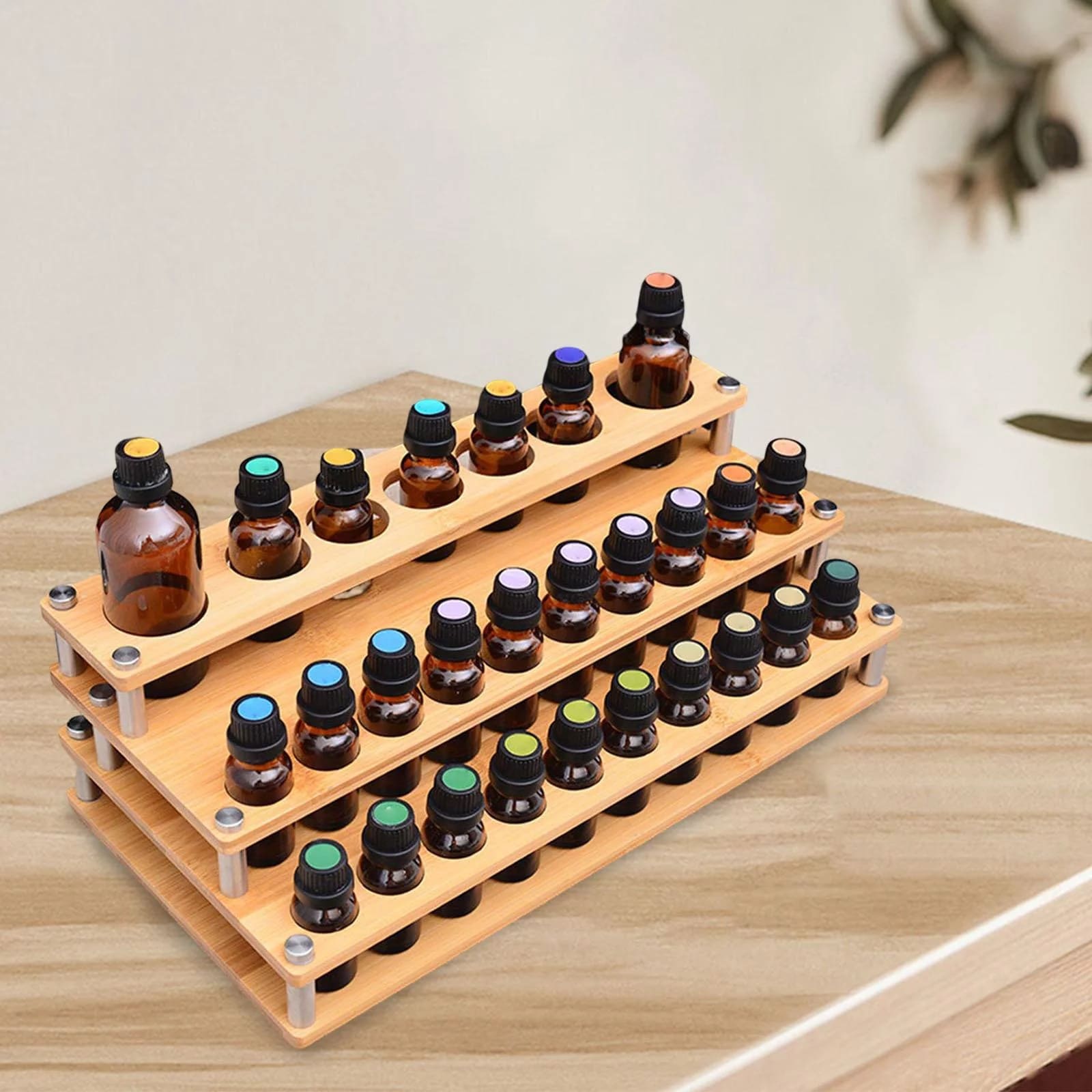

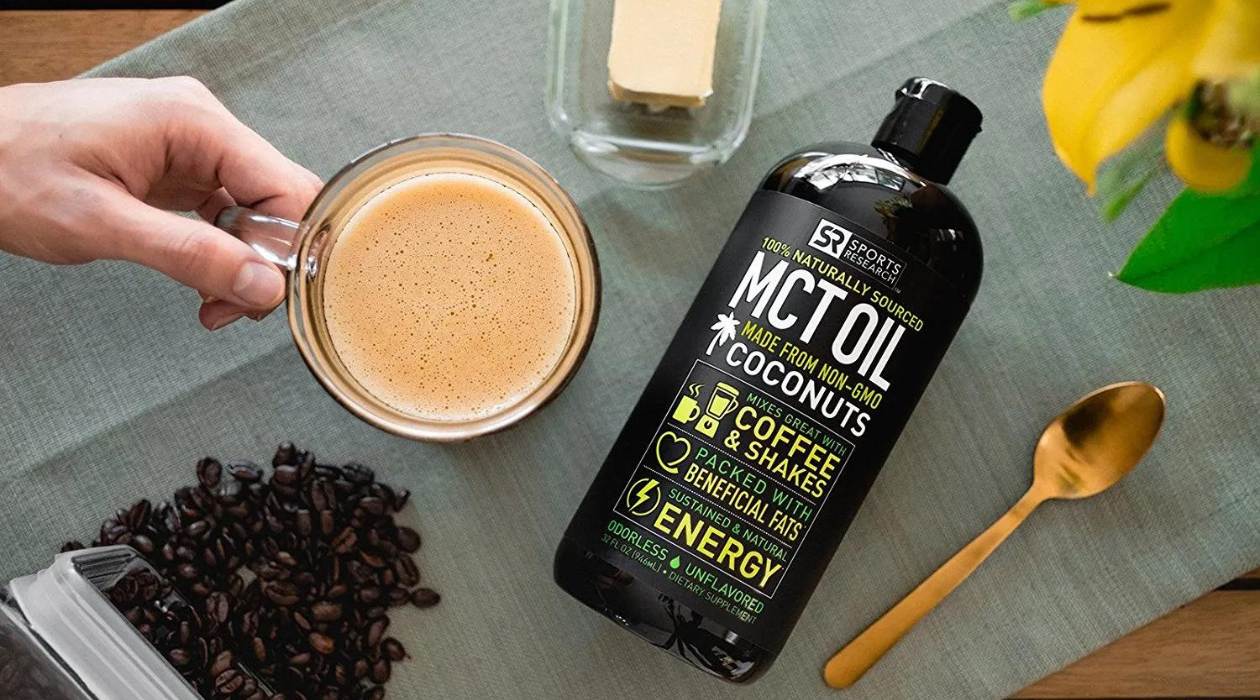
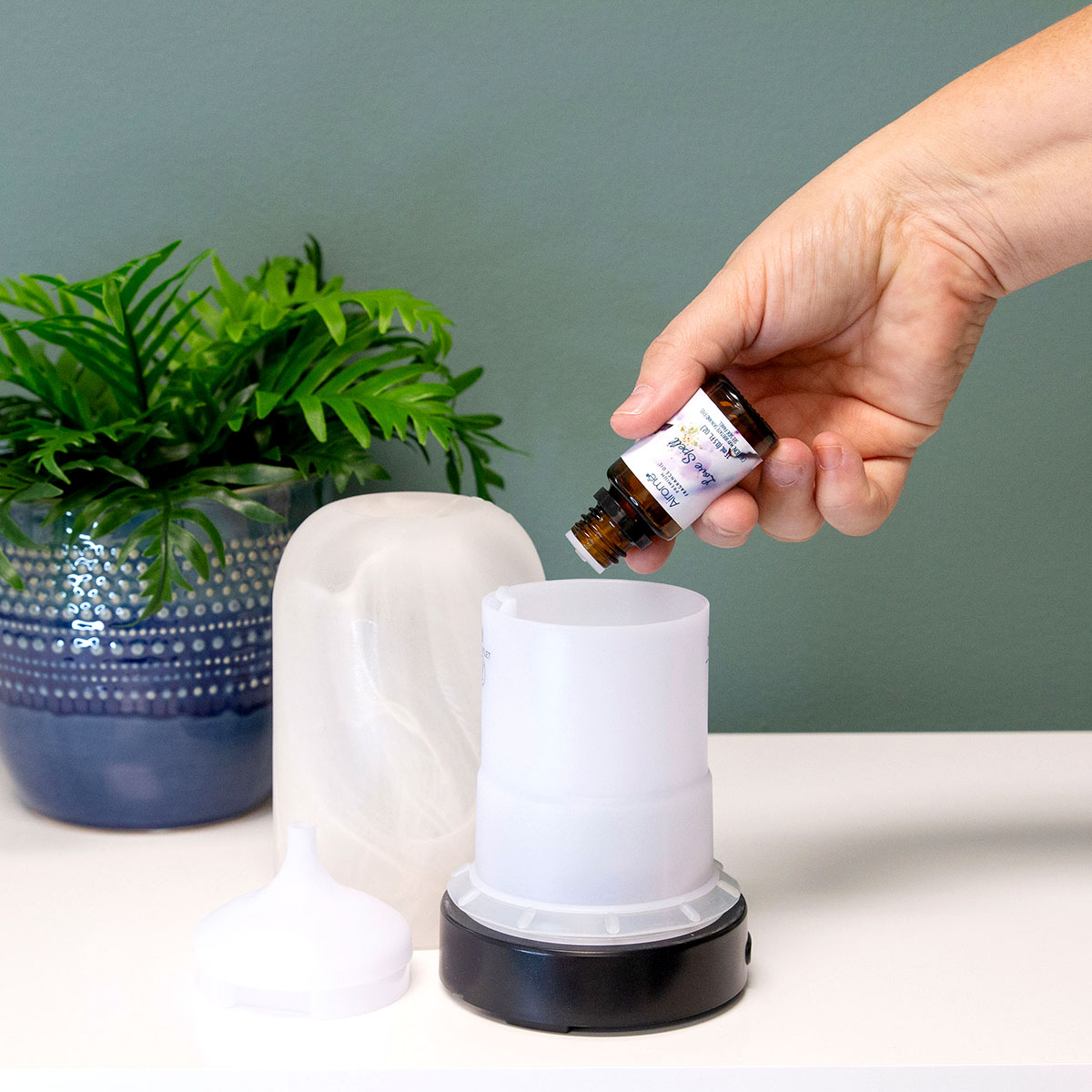
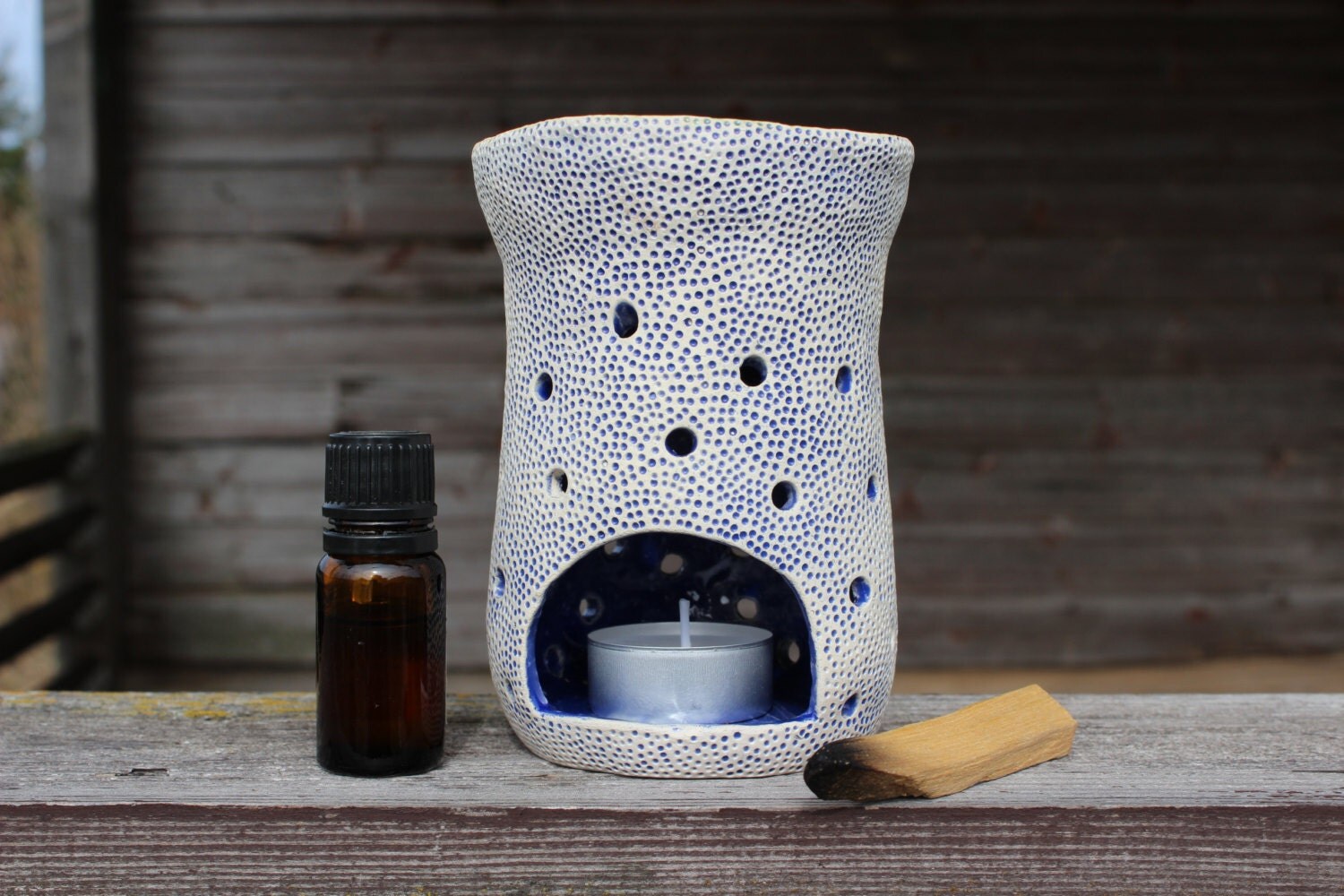
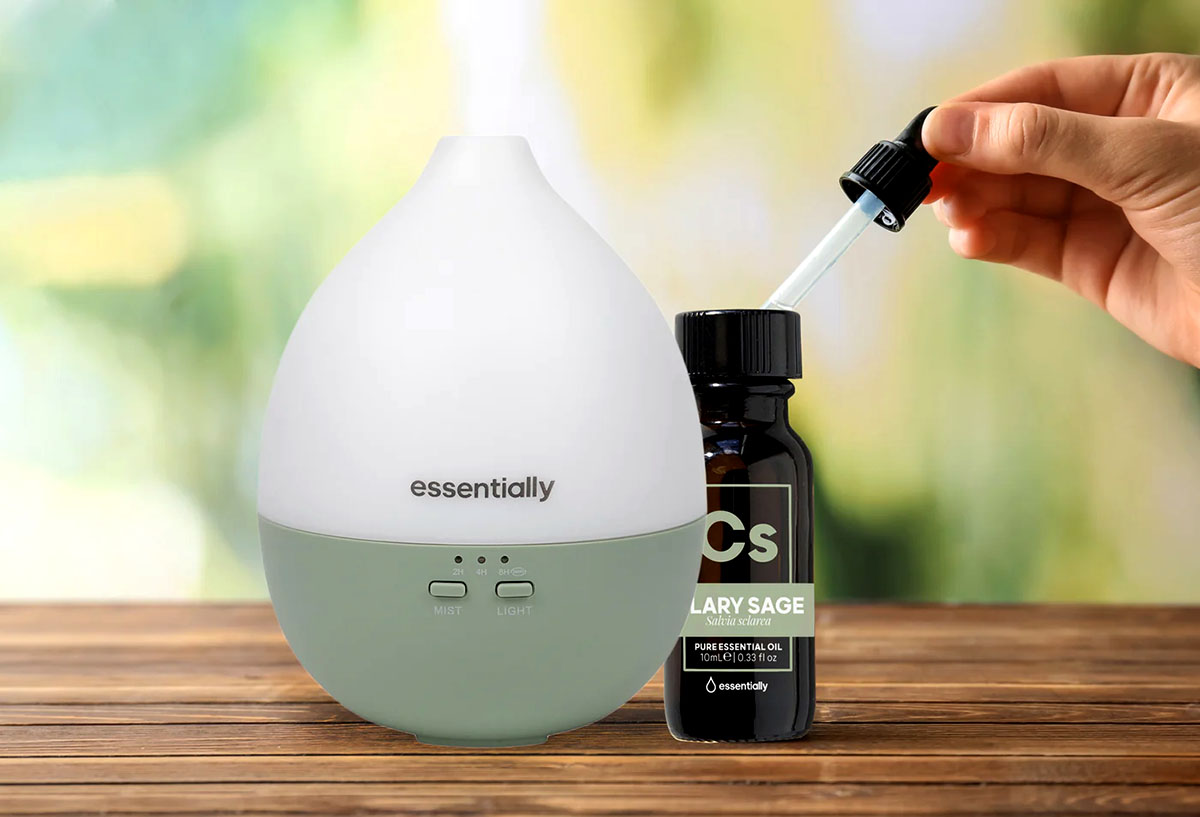
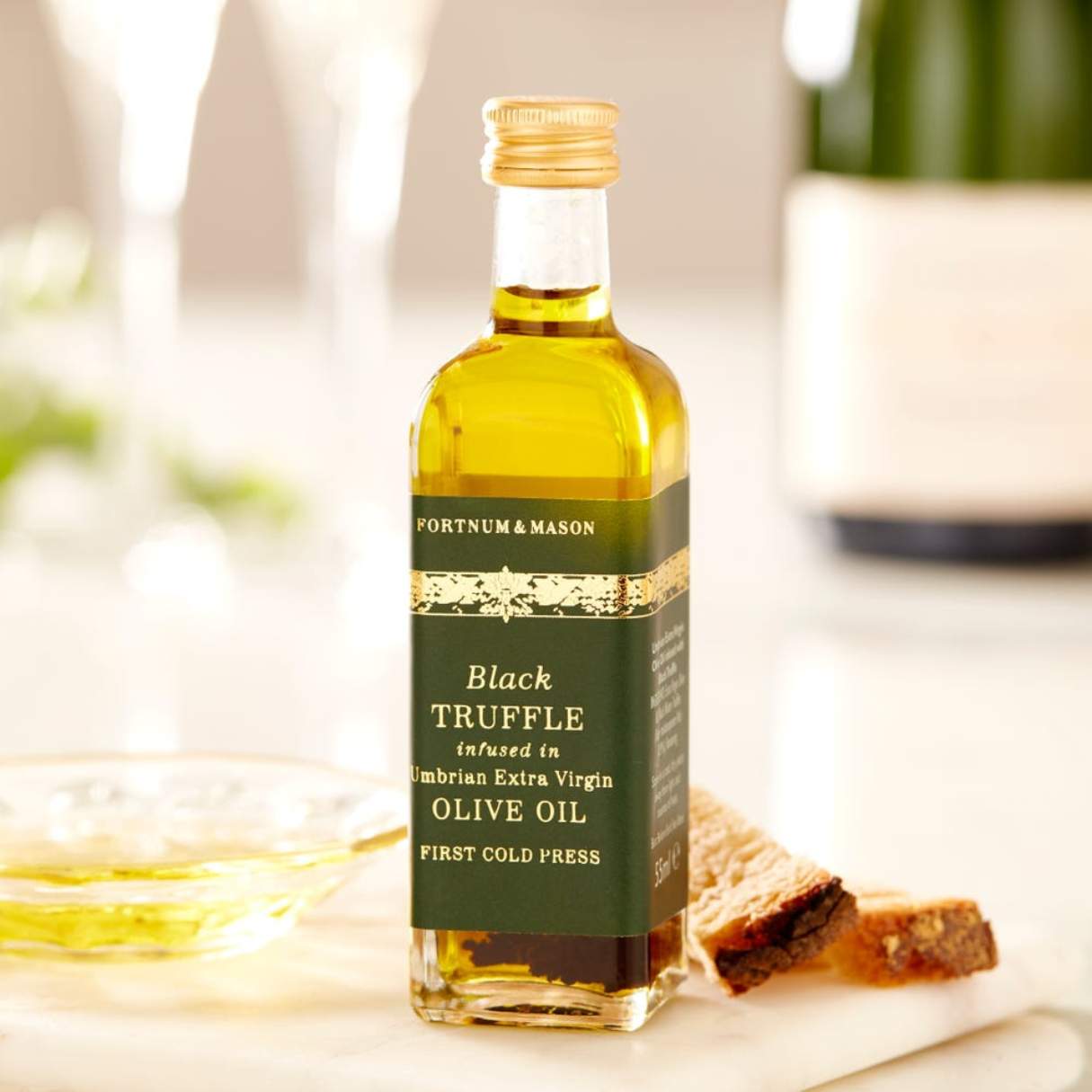


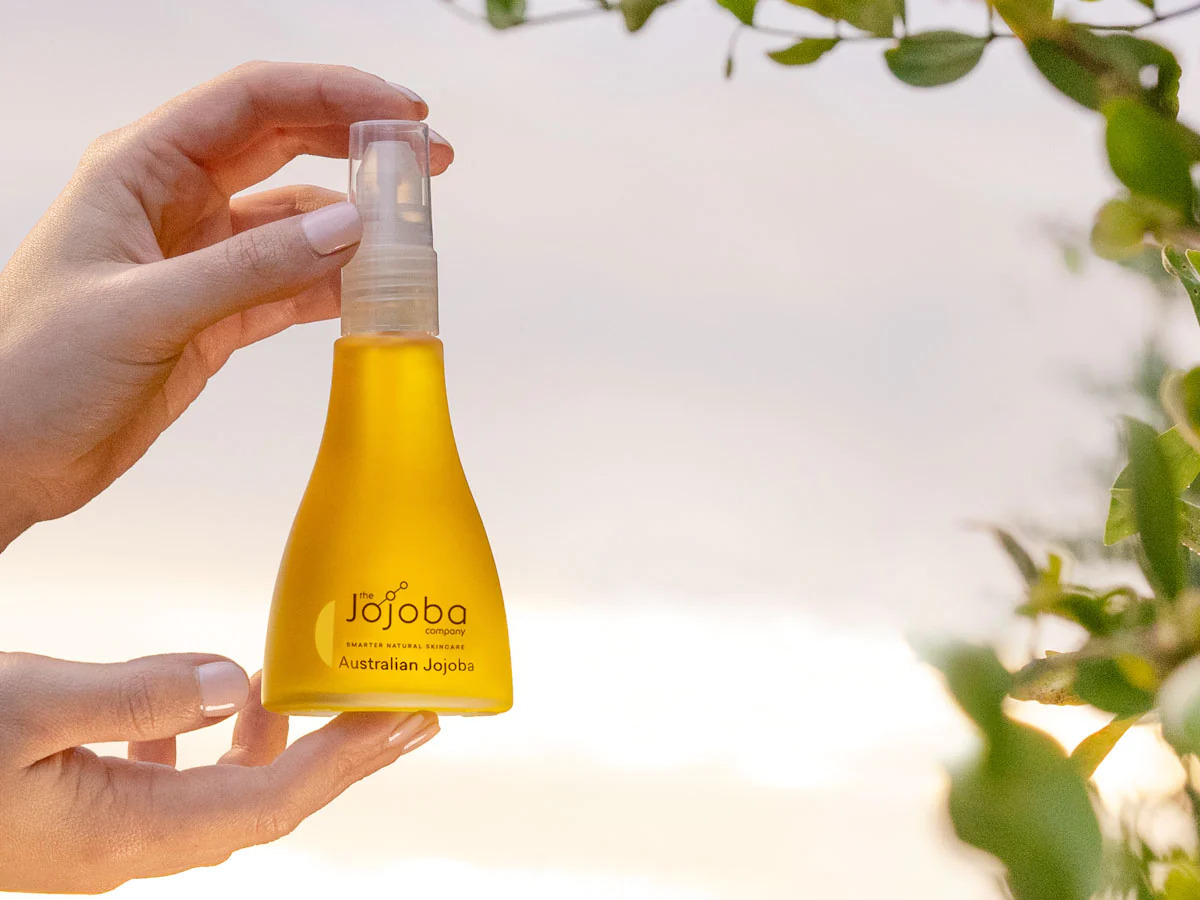
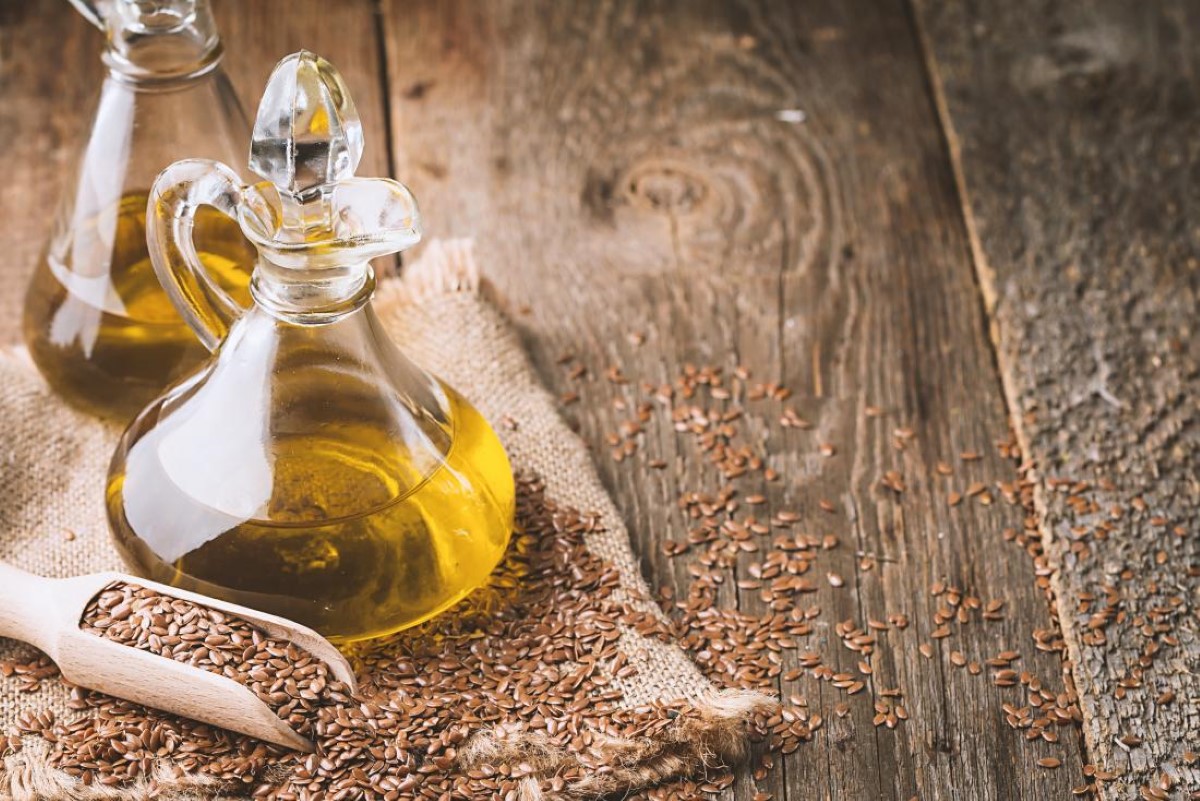
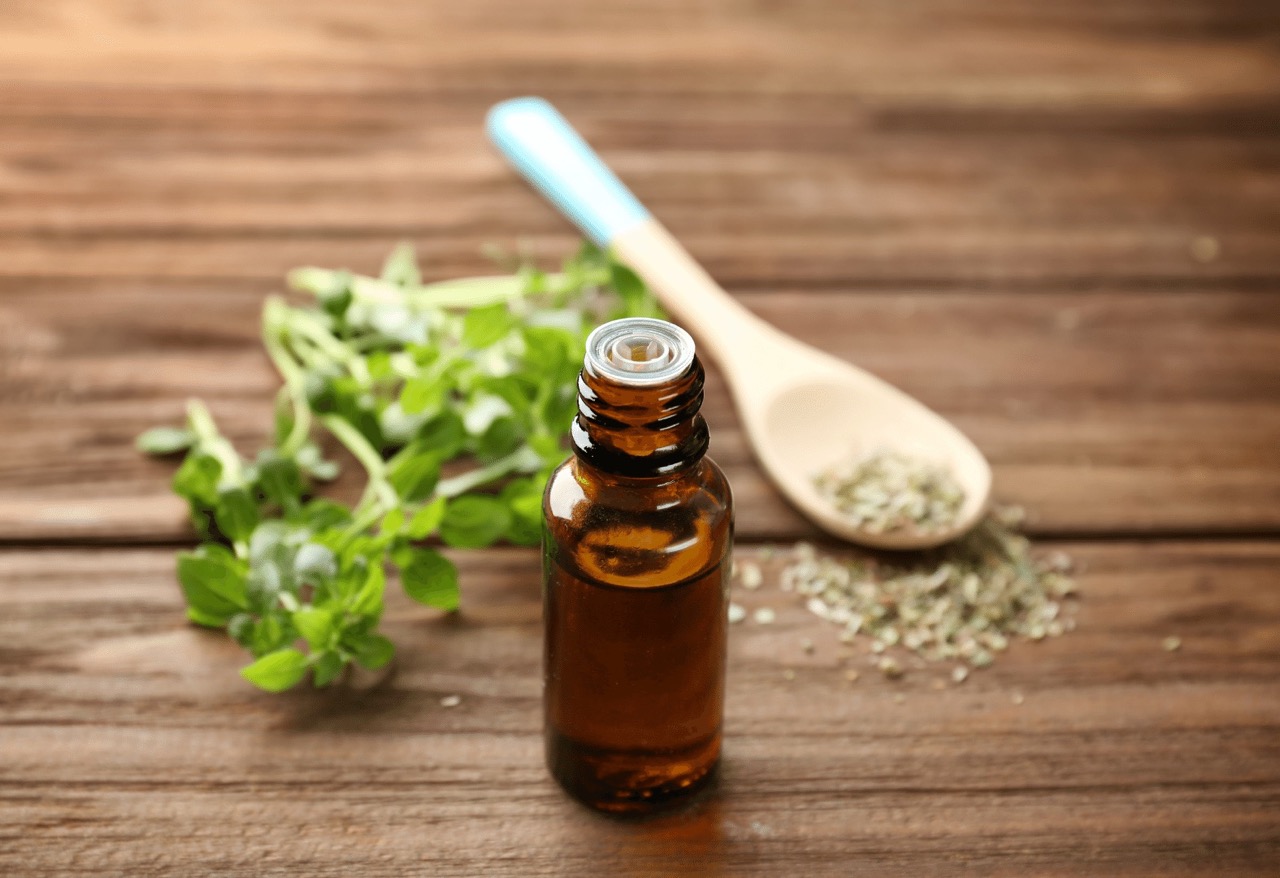
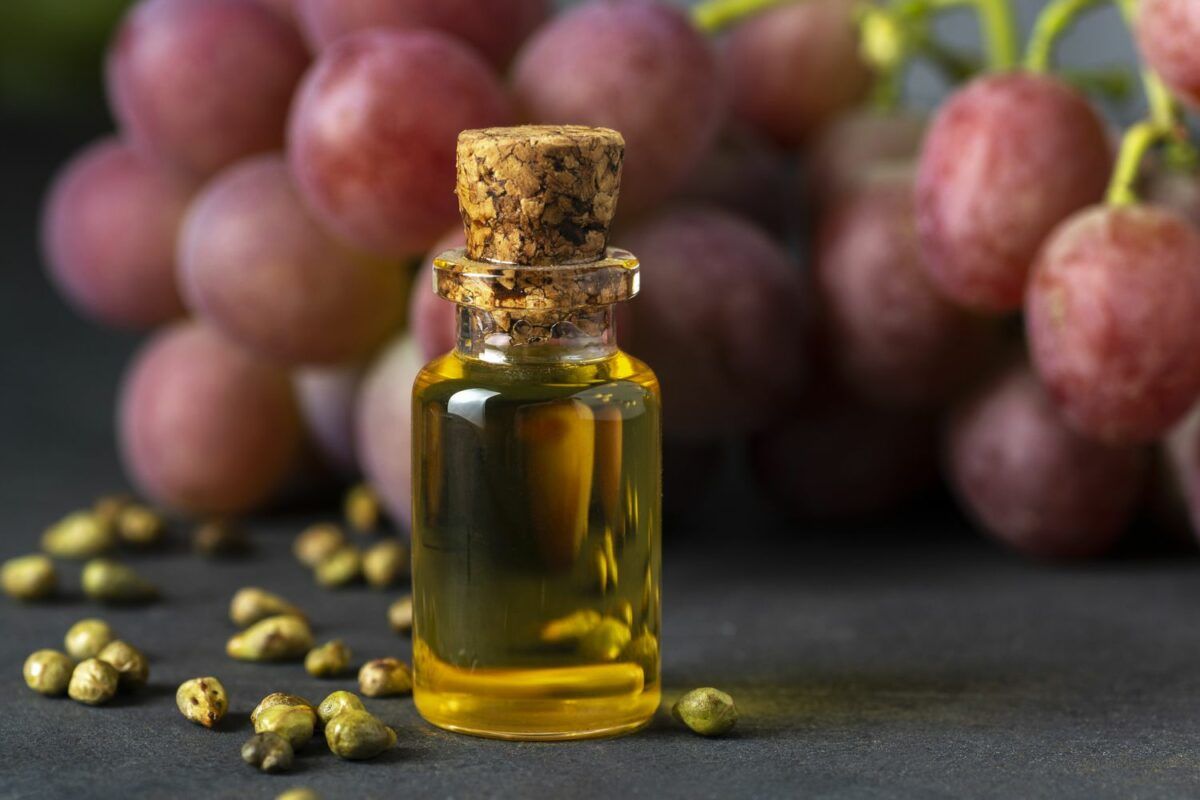

0 thoughts on “How To Store Used Vegetable Oil”